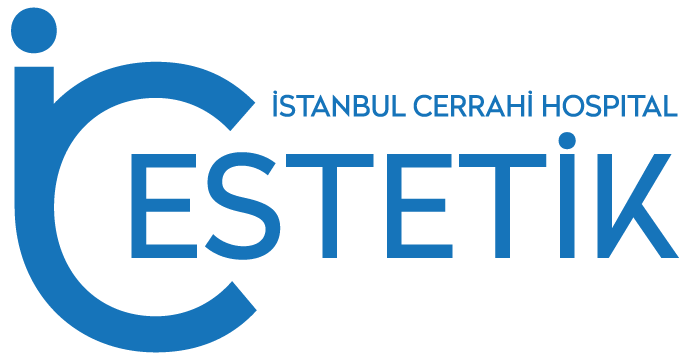Strabismus Keratoplasty
Strabismus Keratoplasty is an additional technique that focuses on reshaping the cornea to address misalignment, offering an alternative or complementary option to traditional muscle repositioning surgery. It’s vital to consult with an eye specialist to determine the most suitable approach for correcting strabismus.
Strabismus Surgery: Correcting Eye Misalignment
In strabismus surgery, an ophthalmologist performs a precise procedure by making a small incision in the eye’s tissue to access and reposition the eye muscles responsible for misalignment.
Surgical Adjustments
During the surgery, specific muscles are manipulated based on the direction in which the eye turns:
- Muscle Repositioning: Depending on the corrective need, muscles are either moved further back (recession) to weaken or shortened and reattached (resection) to strengthen.
- Potential Bilateral Surgery: In certain cases, both eyes might require surgical intervention.
Age Considerations and Anesthesia
- Pediatric Surgery: For children, strabismus surgery necessitates general anesthesia due to the complexity and need for patient cooperation.
- Adults and Local Anesthesia: Local anesthesia is often viable for adult patients undergoing the procedure.
Early Intervention Benefits
- Recommended Early Surgery: Early intervention in infants and young children is encouraged as it offers the potential for normal sight and the development of binocular vision once eye alignment is corrected.
- Age Impact: The likelihood of achieving normal vision and binocular fusion diminishes with age. However, surgery at any stage might still lead to improved side vision.
Exploring Strabismus Keratoplasty
In addition to traditional strabismus surgery, Strabismus Keratoplasty focuses on the cornea’s curvature to alleviate misalignment issues. This procedure involves reshaping the cornea to adjust eye alignment, offering an alternative or supplementary approach to muscle repositioning surgery.
Considerations and Potential Outcomes
Strabismus Keratoplasty, while less invasive, requires thorough assessment and consultation to determine its suitability. It may serve as an option in certain cases or in conjunction with conventional muscle surgery.
Postoperative Care and Follow-up
Post-surgery, patients require careful monitoring and follow-up appointments to track progress and ensure optimal results. Compliance with postoperative instructions aids in the healing process and contributes to successful outcomes.

